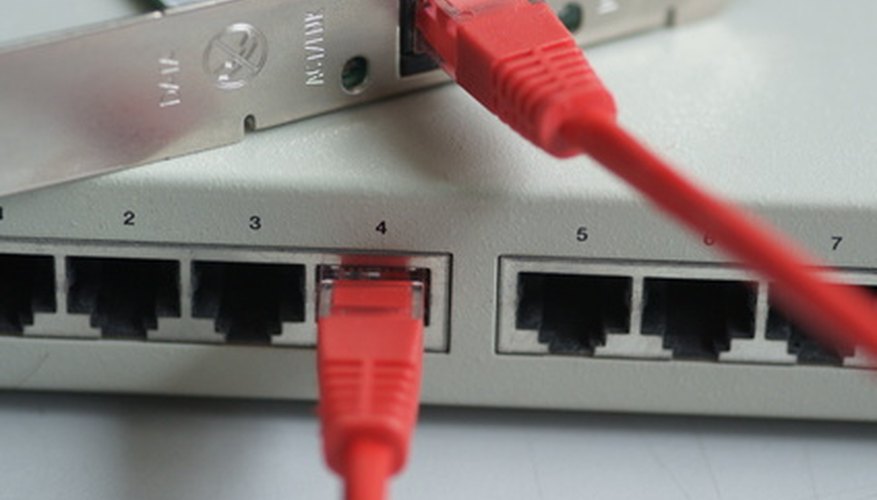Hybrid networks combine the features of two (or more) network topologies (star, bus, ring, etc.) in a way that the resulting network exhibits characteristics of both. Examples of hybrid networks include the star bus network (that combines a star network topology and a bus network topology) and a star ring network, which combines the features of a star network topology and a ring network topology.
Advantage: Reliable
A hybrid topology is reliable and the failure of one node (or connected system) does not affect the performance of the network. There are multiple pathways between the nodes. The failure of one cable or transmission line allows the network to provide an alternate route between a sender (or sending node) and a receiver (or receiving node.)
Advantage: Versatile
A hybrid network combines the operating systems or platforms of two or more different networks and is therefore able to provide features and exhibit characteristics of both. It can be employed in a variety of environments and is typically used to wire a corporate network or a large LAN (local area network.)
Disadvantage: Expensive & Complex
According to "CompTIA A+ Complete Study Guide," a hybrid network is typically more expensive than other networks since it exploits the features of its component topologies. It requires more cabling between its hardware devices than other types of network topologies. Hybrid networks are difficult to set up and troubleshoot. Errors and inconsistencies in connected nodes are often hard to pinpoint and isolate. Addition of other nodes or devices to the network is cumbersome without prior networking knowledge.
- According to "CompTIA A+ Complete Study Guide," a hybrid network is typically more expensive than other networks since it exploits the features of its component topologies.
- It requires more cabling between its hardware devices than other types of network topologies.
Disadvantage: Expensive Intelligent Concentration Points Required
According to "Internet & Web Design," a hybrid network requires intelligent concentration points. A concentration point (also called connection point or hub) is the junction where a connection is made. An intelligent concentration point has inbuilt fault-isolation, diagnosis and fault processing ability. These concentration points are hard-wired and programmed to isolate faulty nodes or convert transmission medium from one form to another. An intelligent hub gathers information about all ports attached on it, detects errors, automatically shuts down a faulty port and manages network traffic. While intelligent concentration points have numerous advantages in terms of error management and the efficient maintenance of network traffic, they are more expensive than both active and passive hubs. Larger hybrid networks commonly require multiple intelligent hubs.
- According to "Internet & Web Design," a hybrid network requires intelligent concentration points.
- These concentration points are hard-wired and programmed to isolate faulty nodes or convert transmission medium from one form to another.
